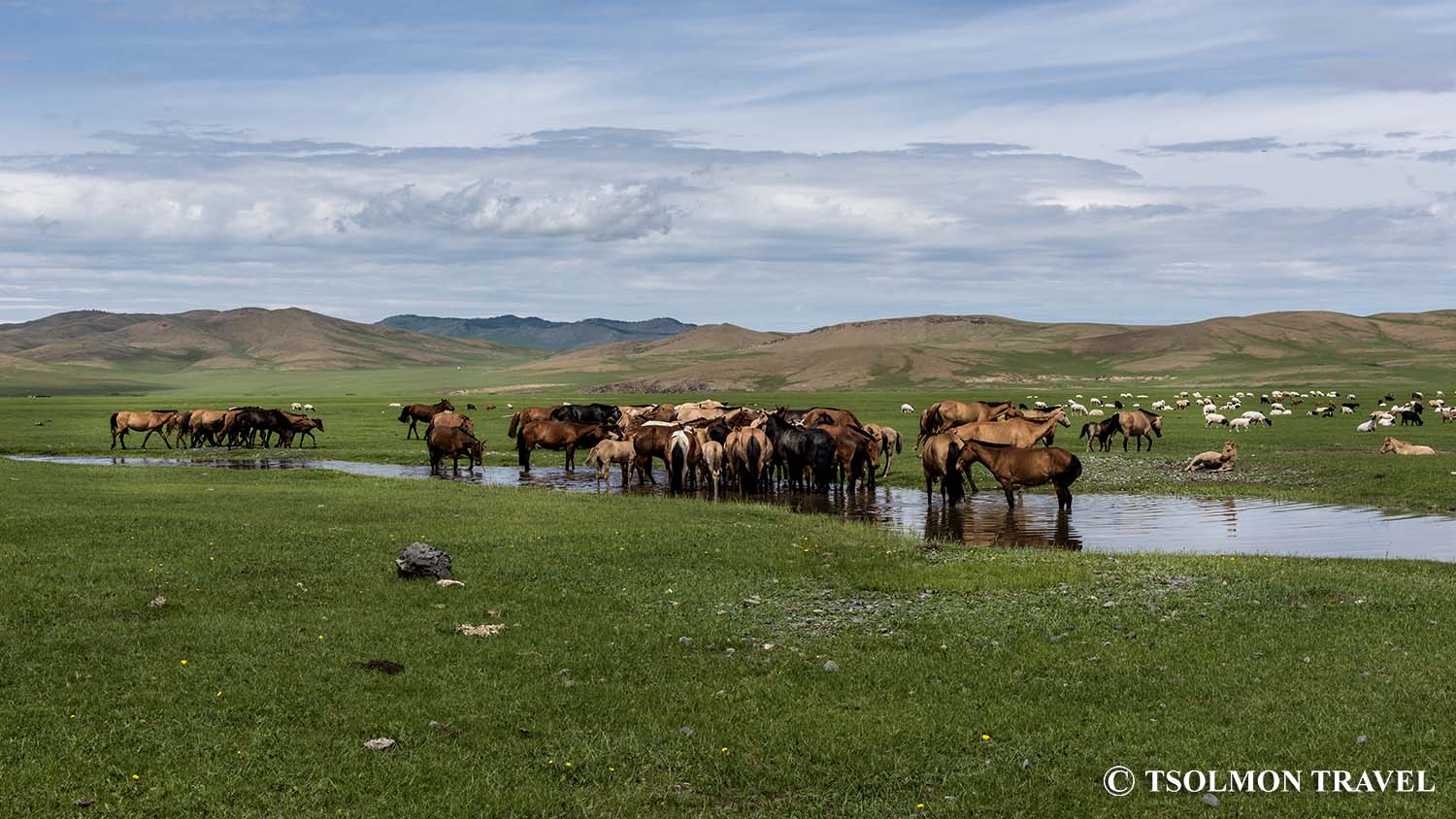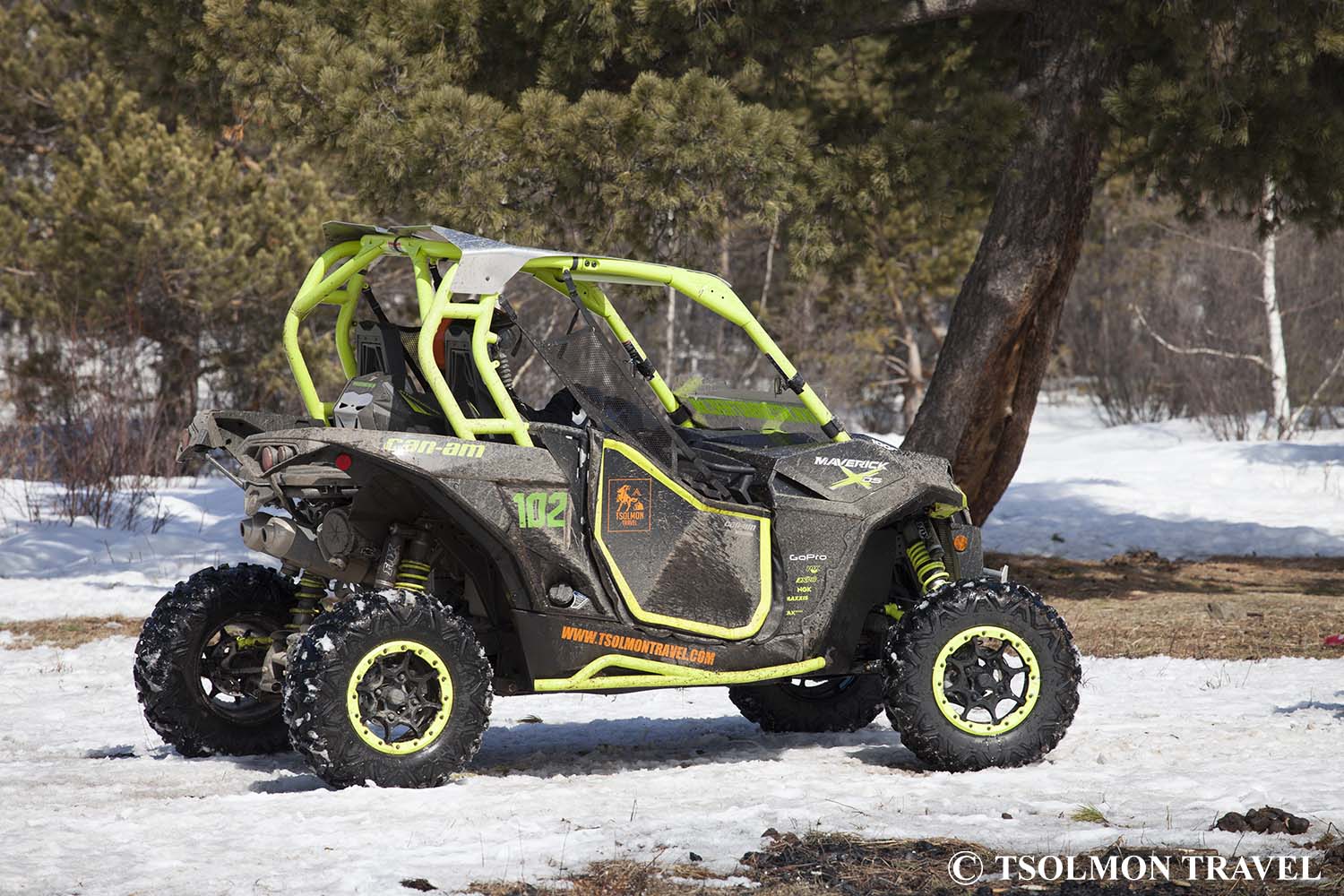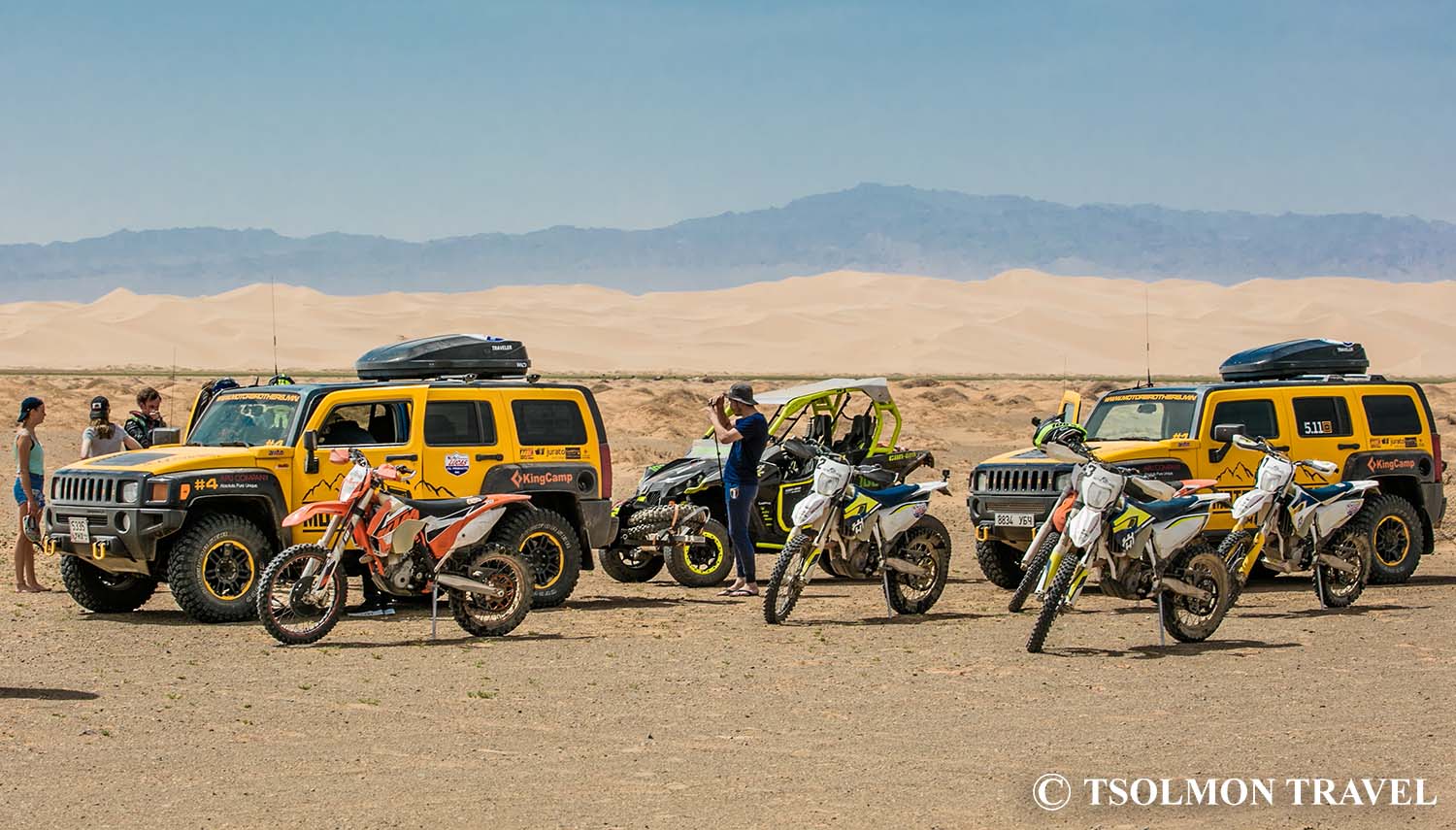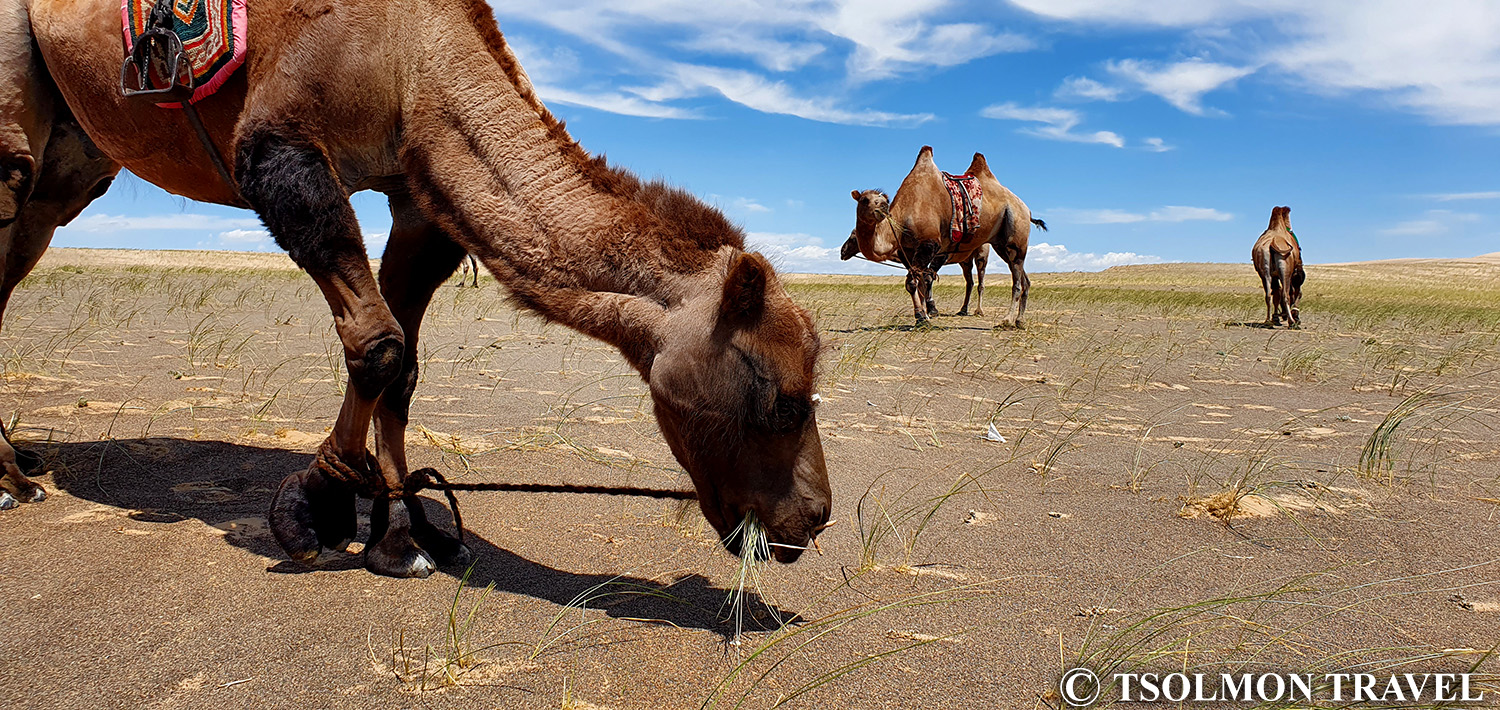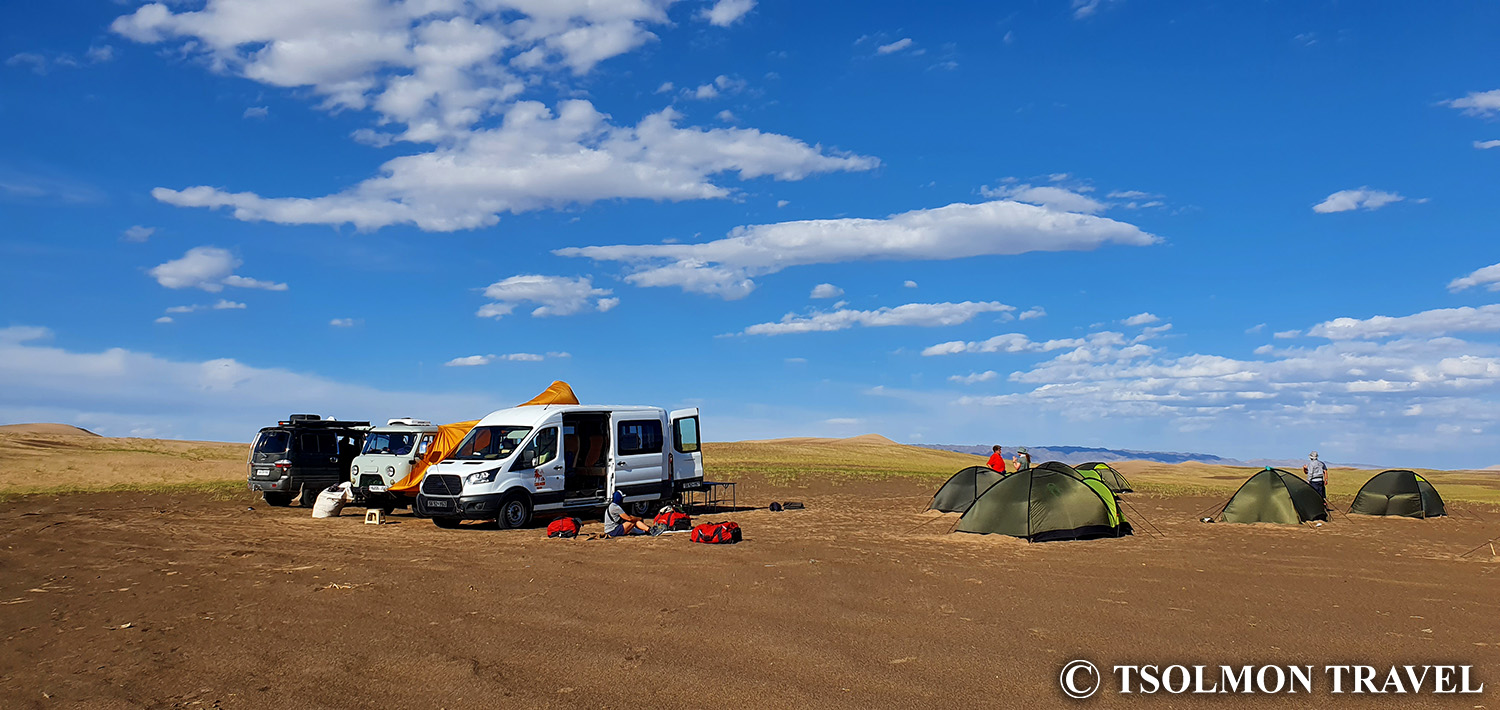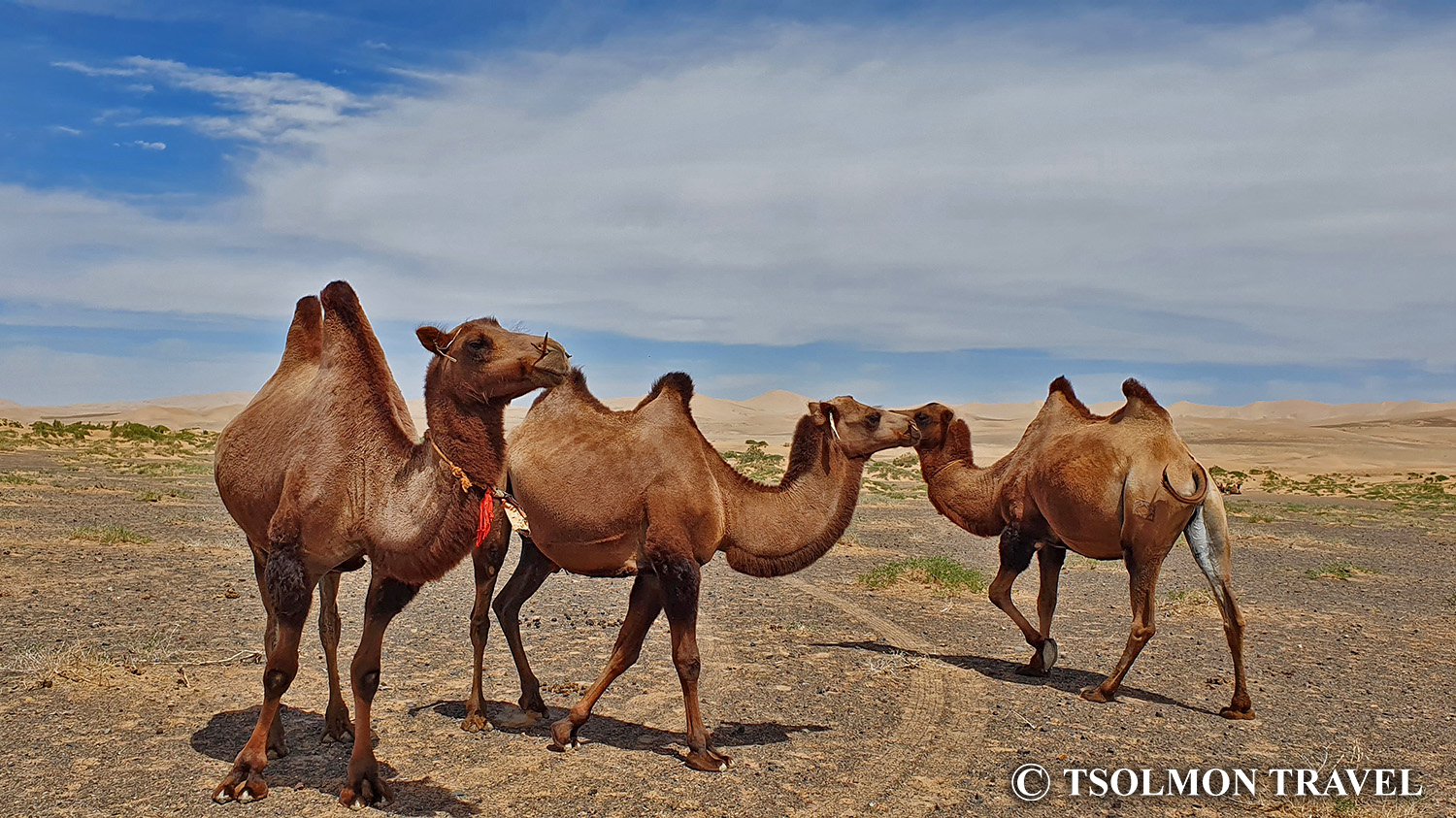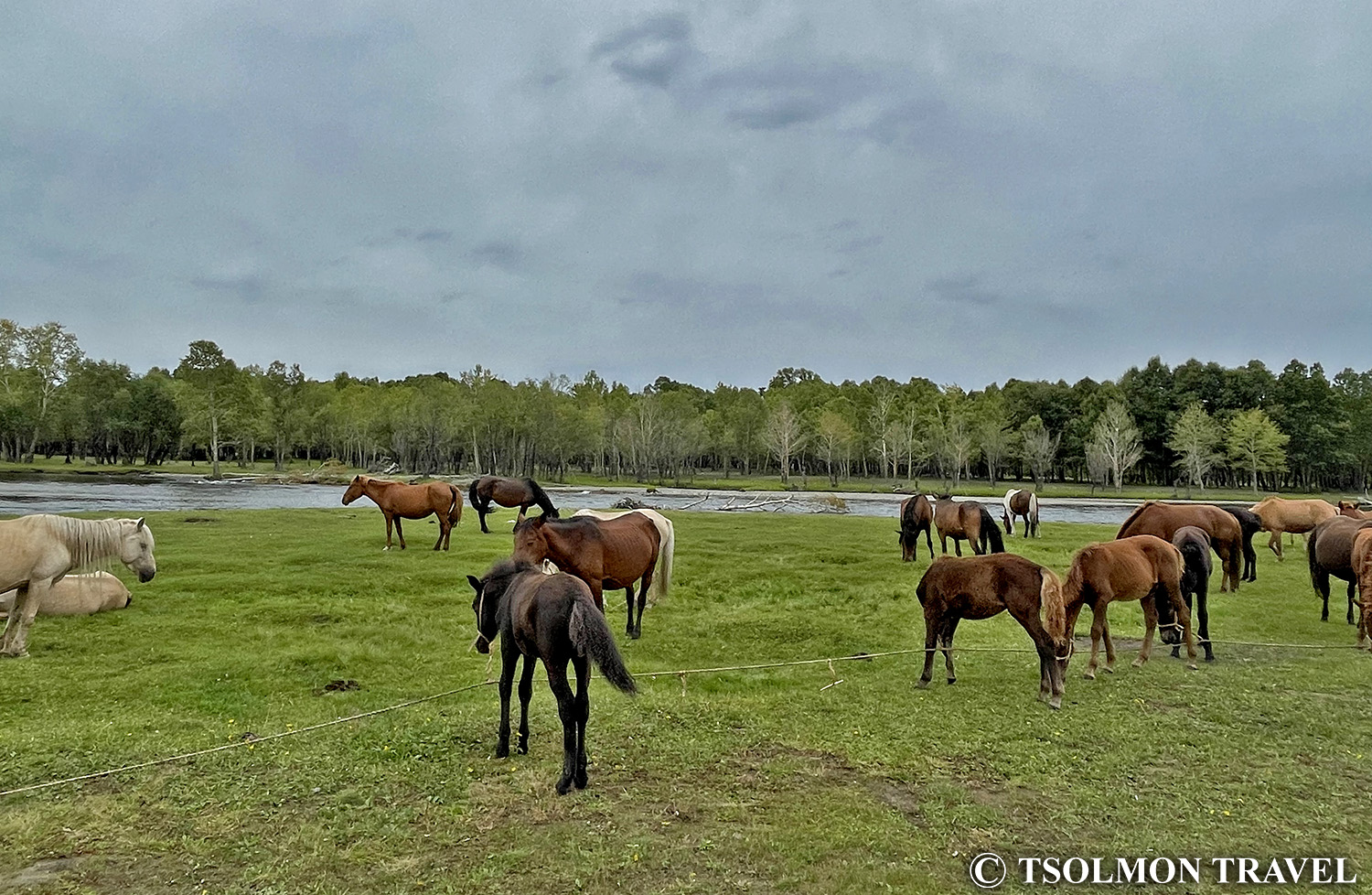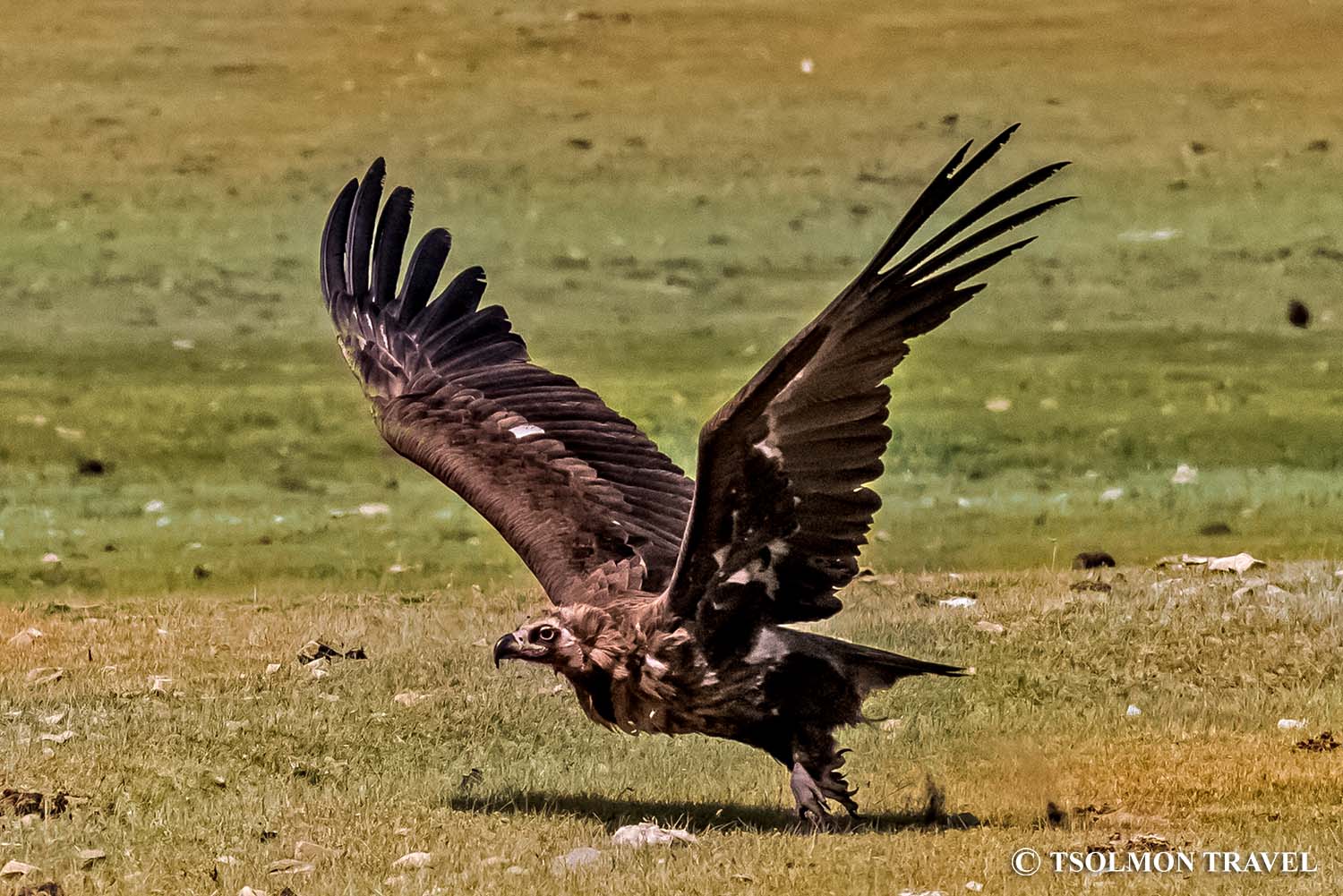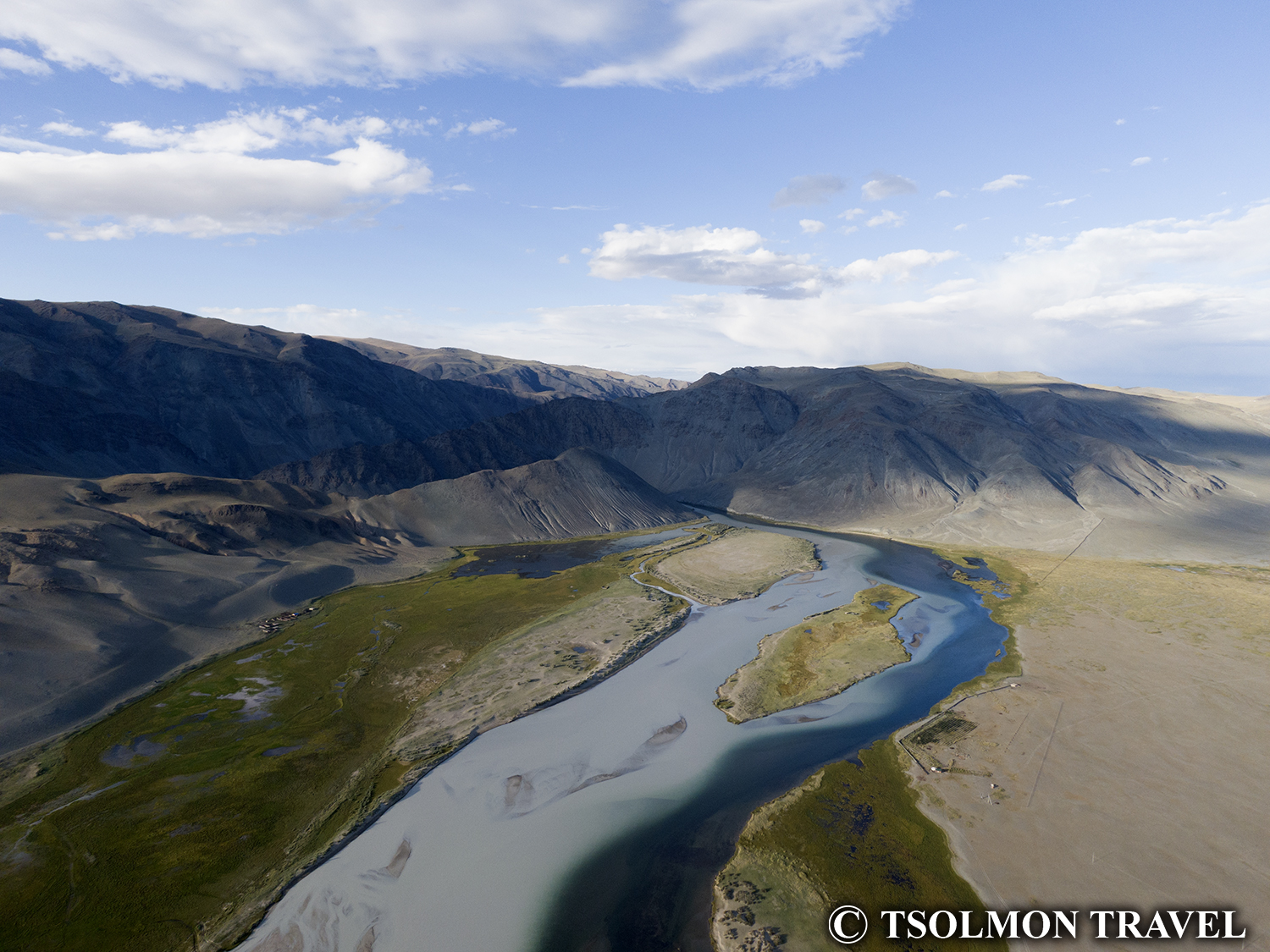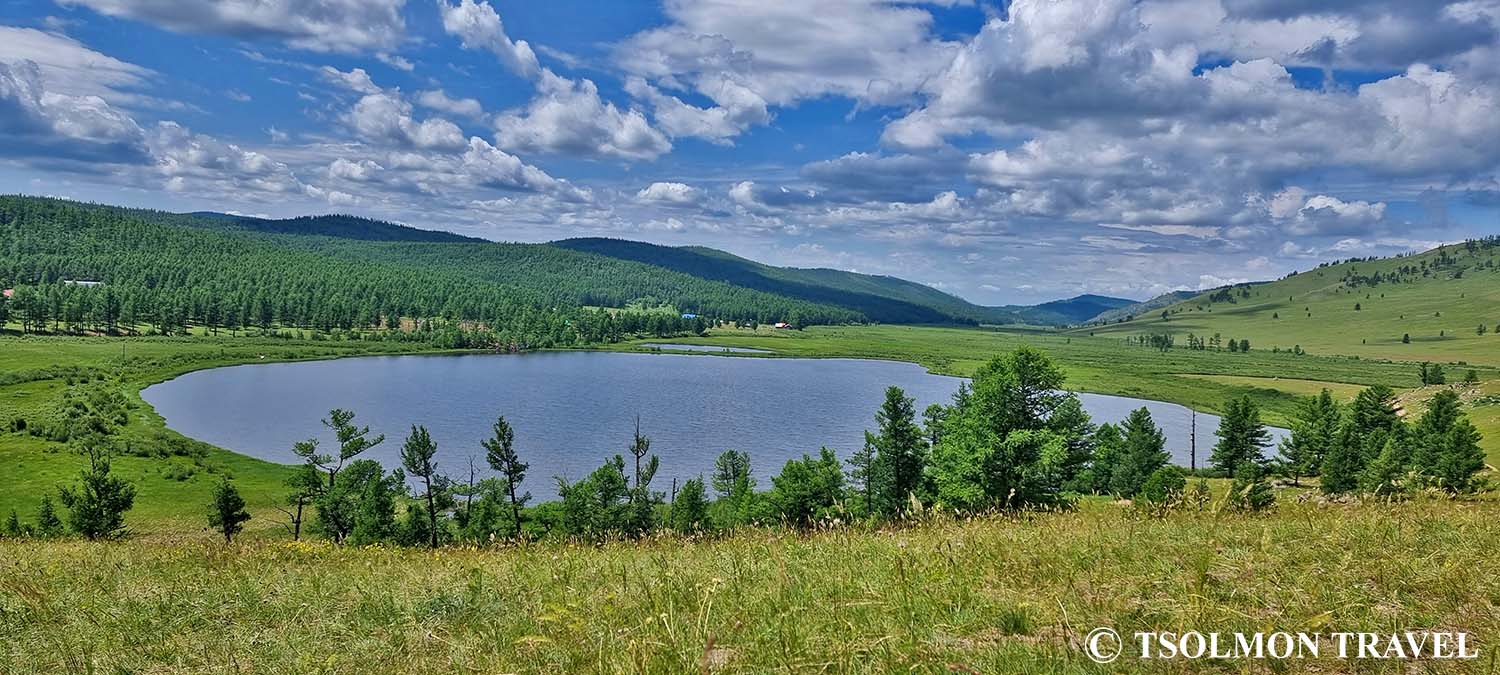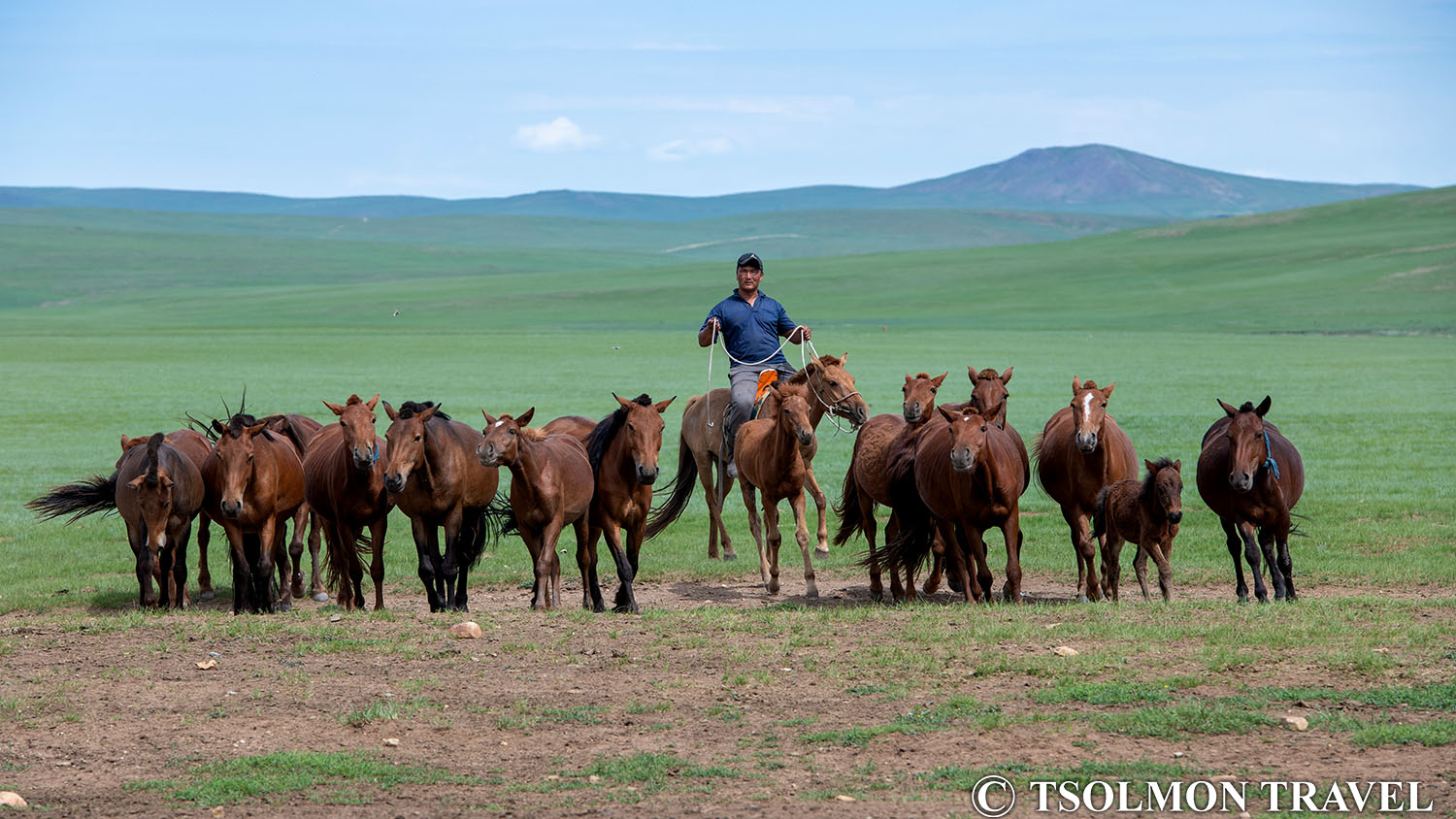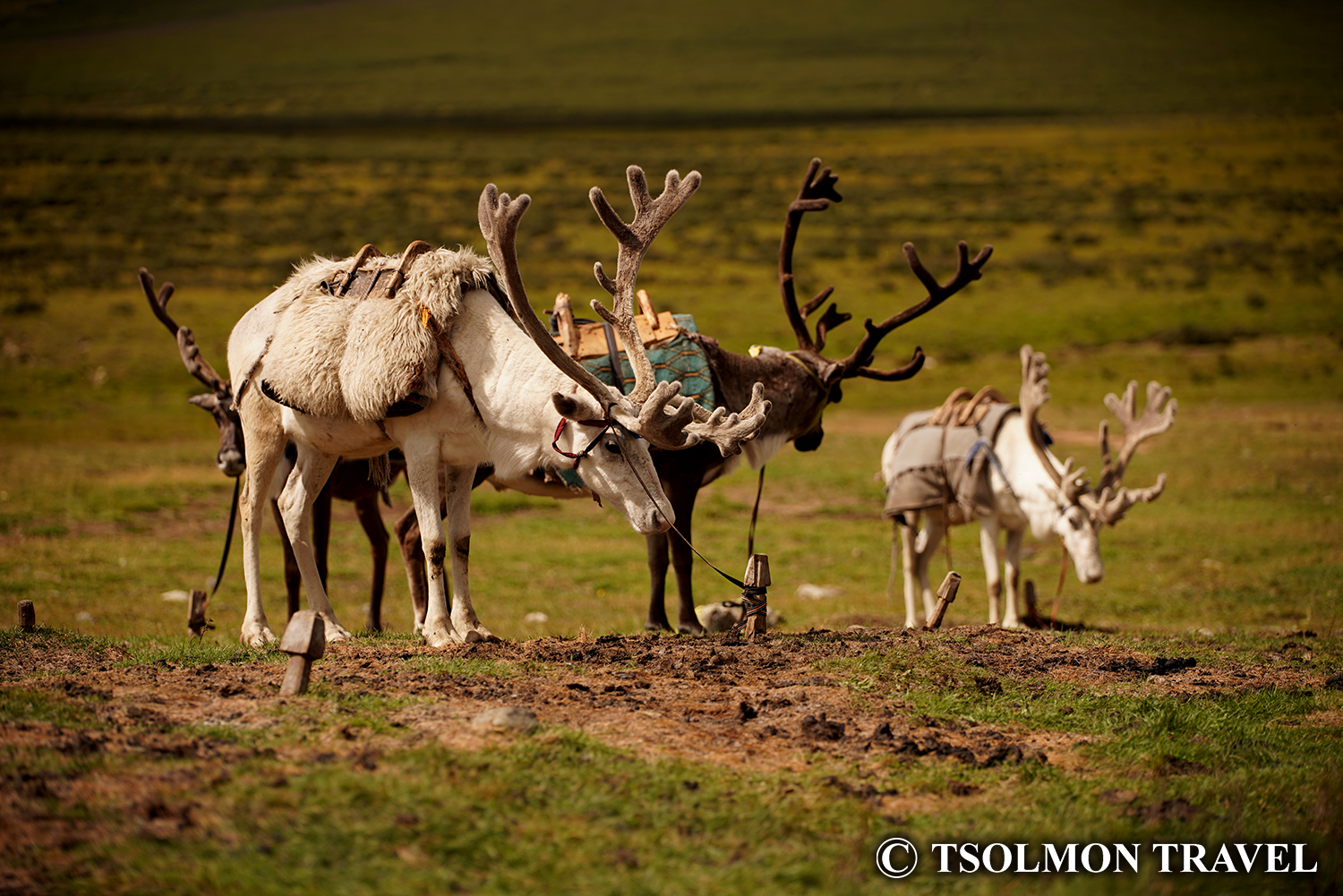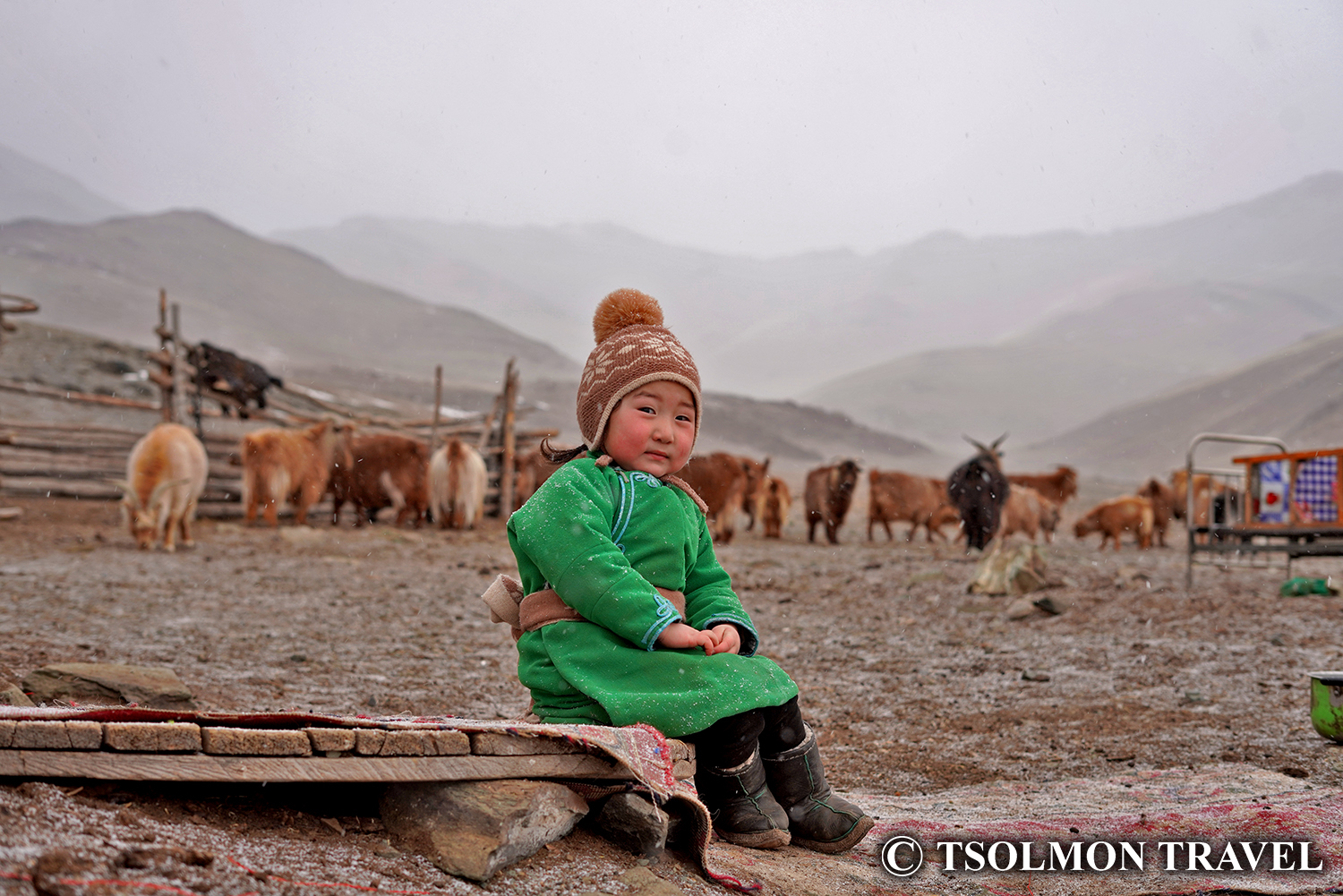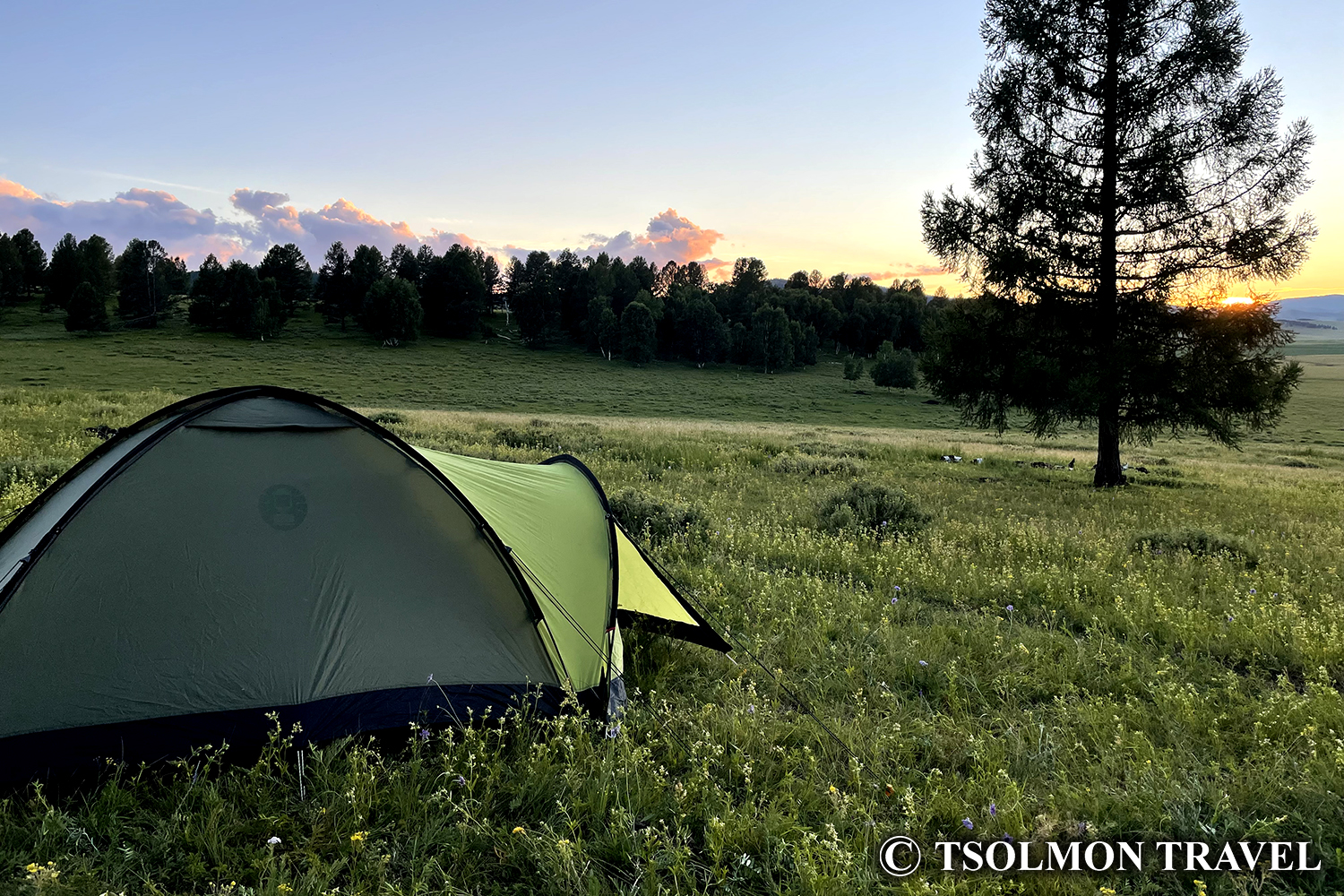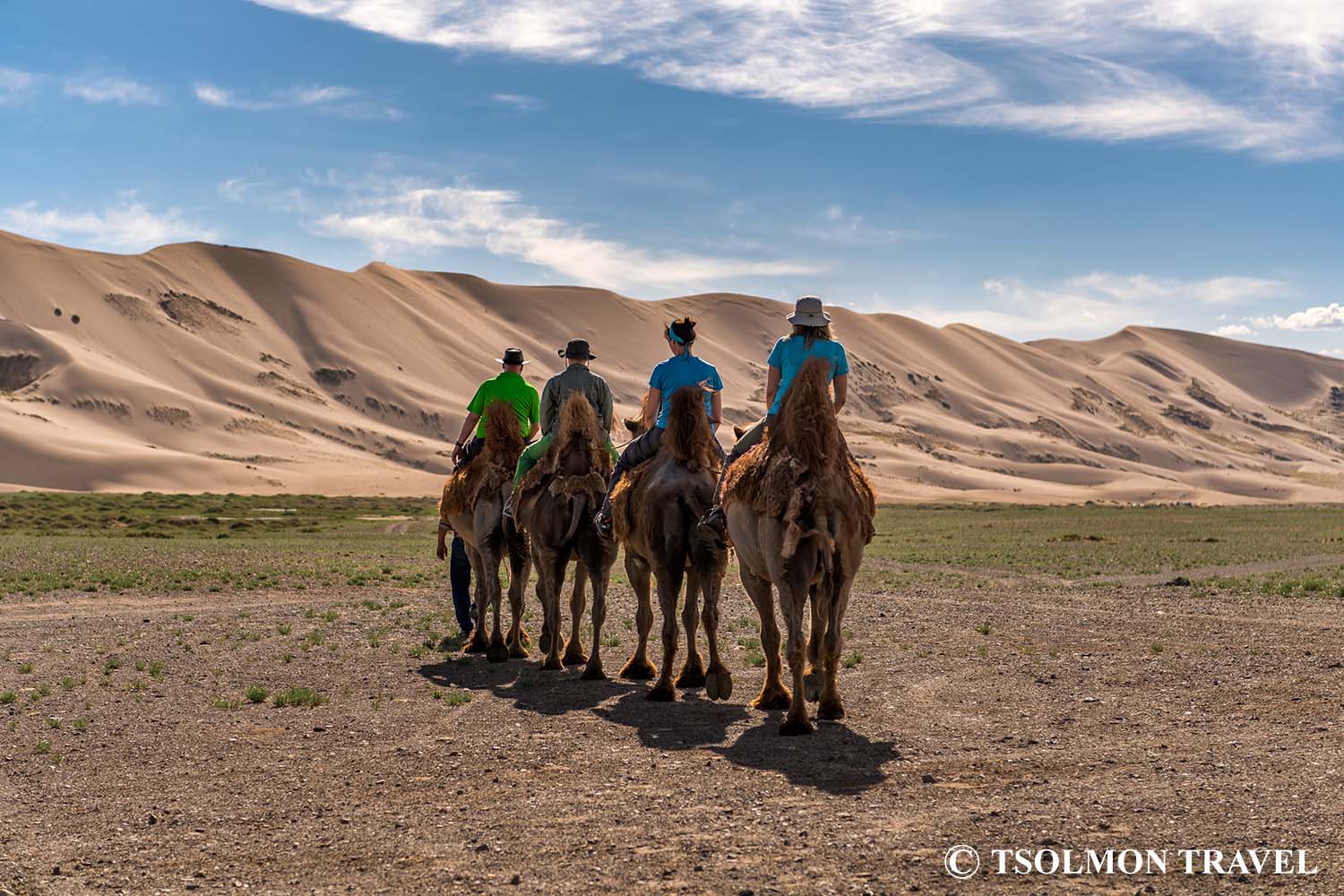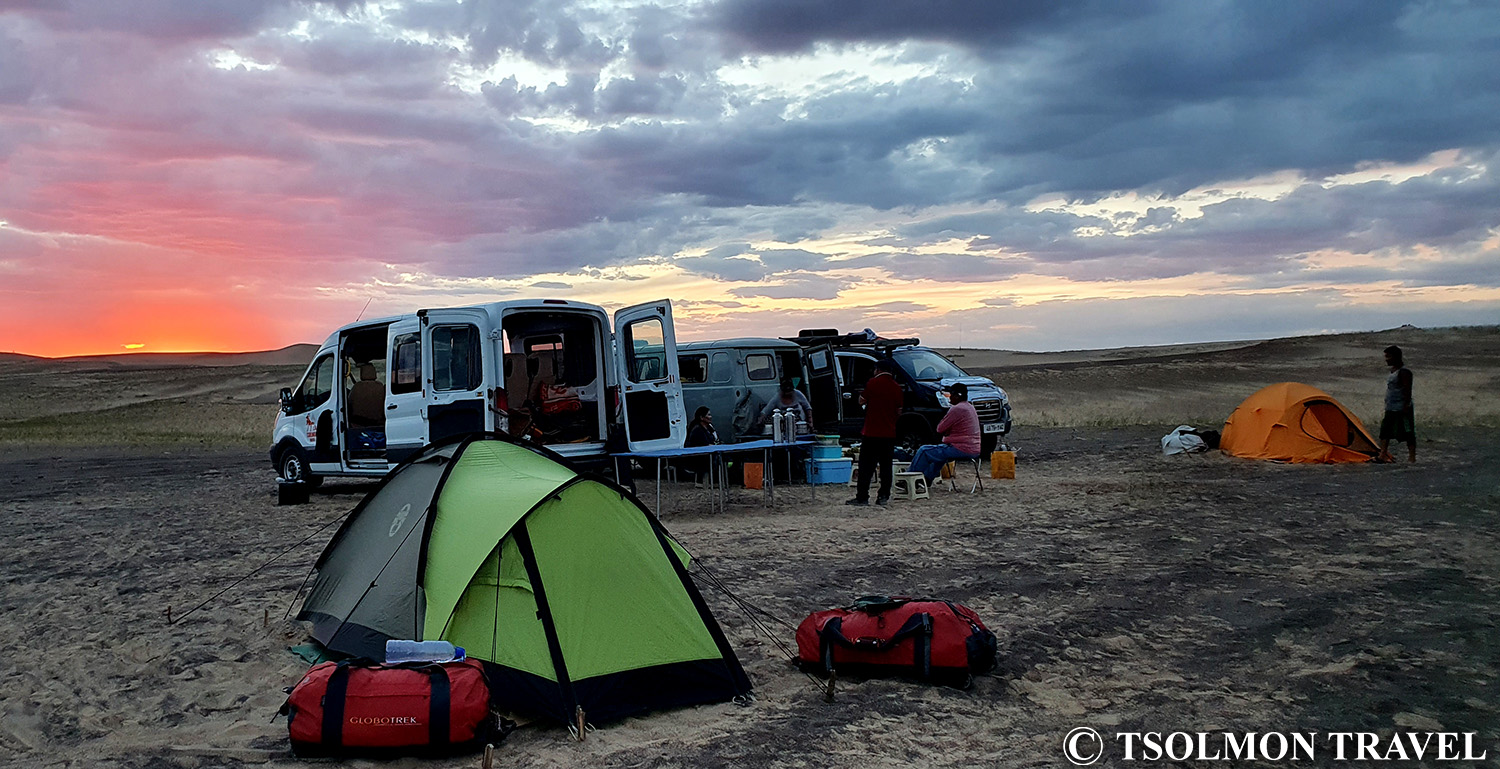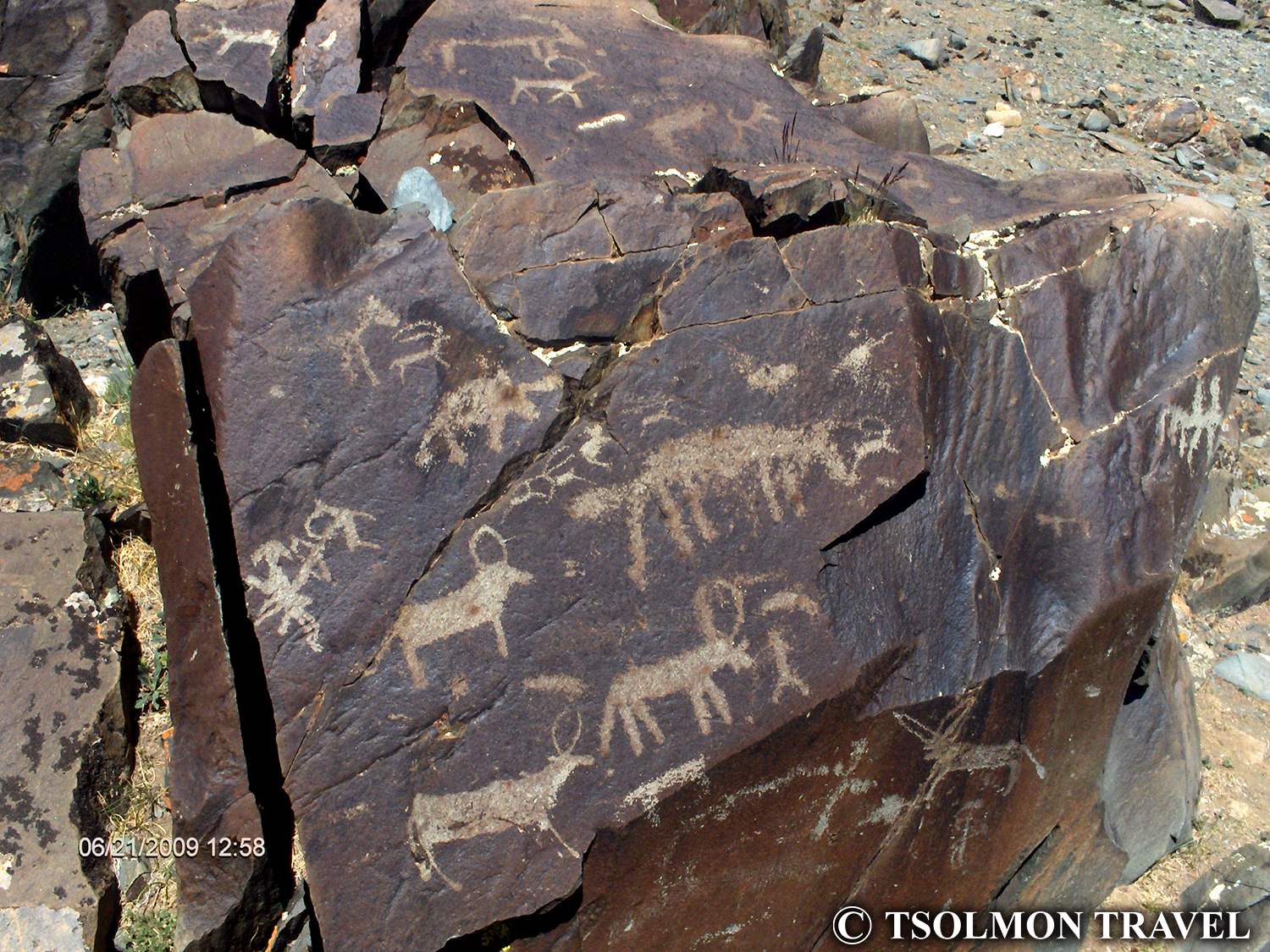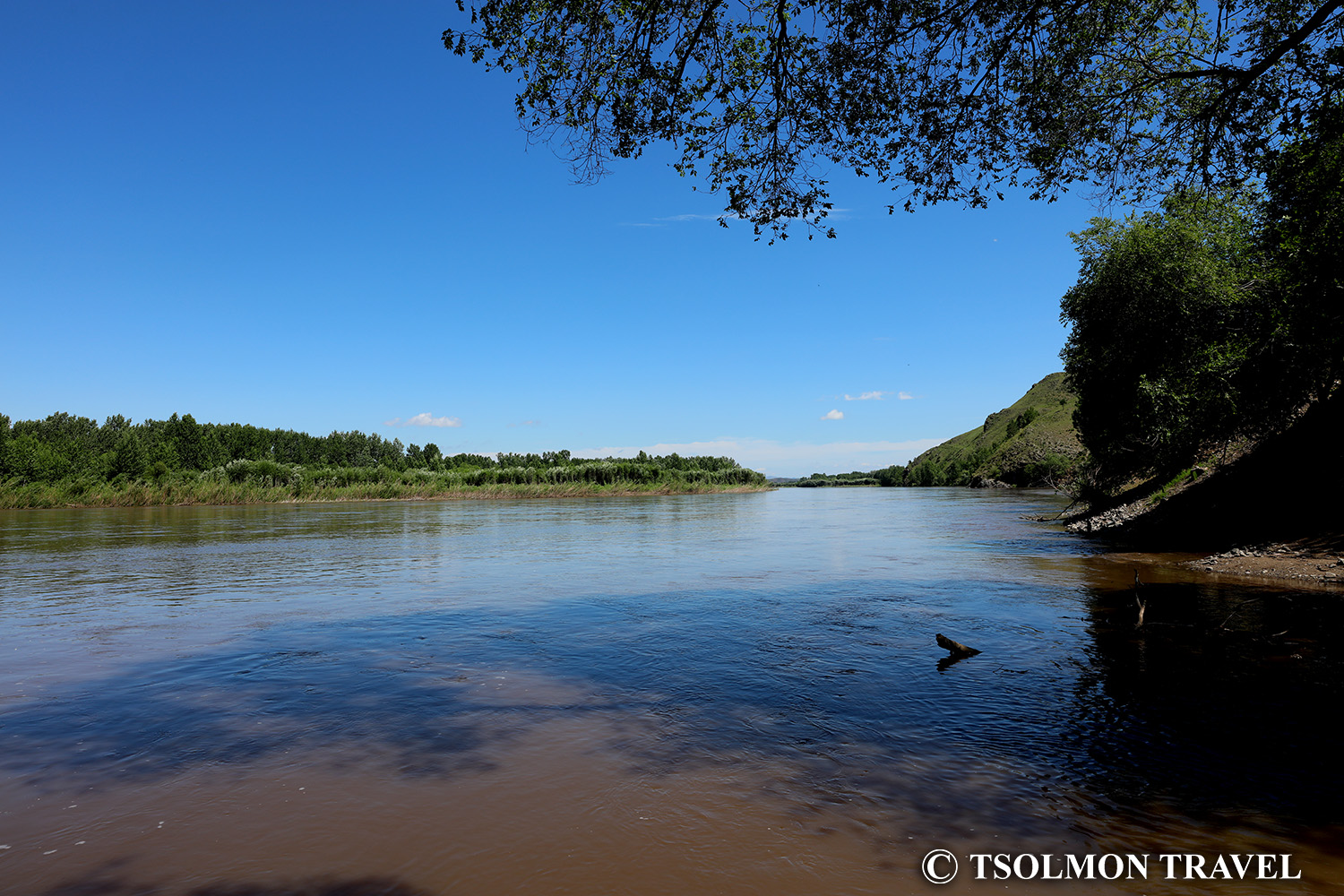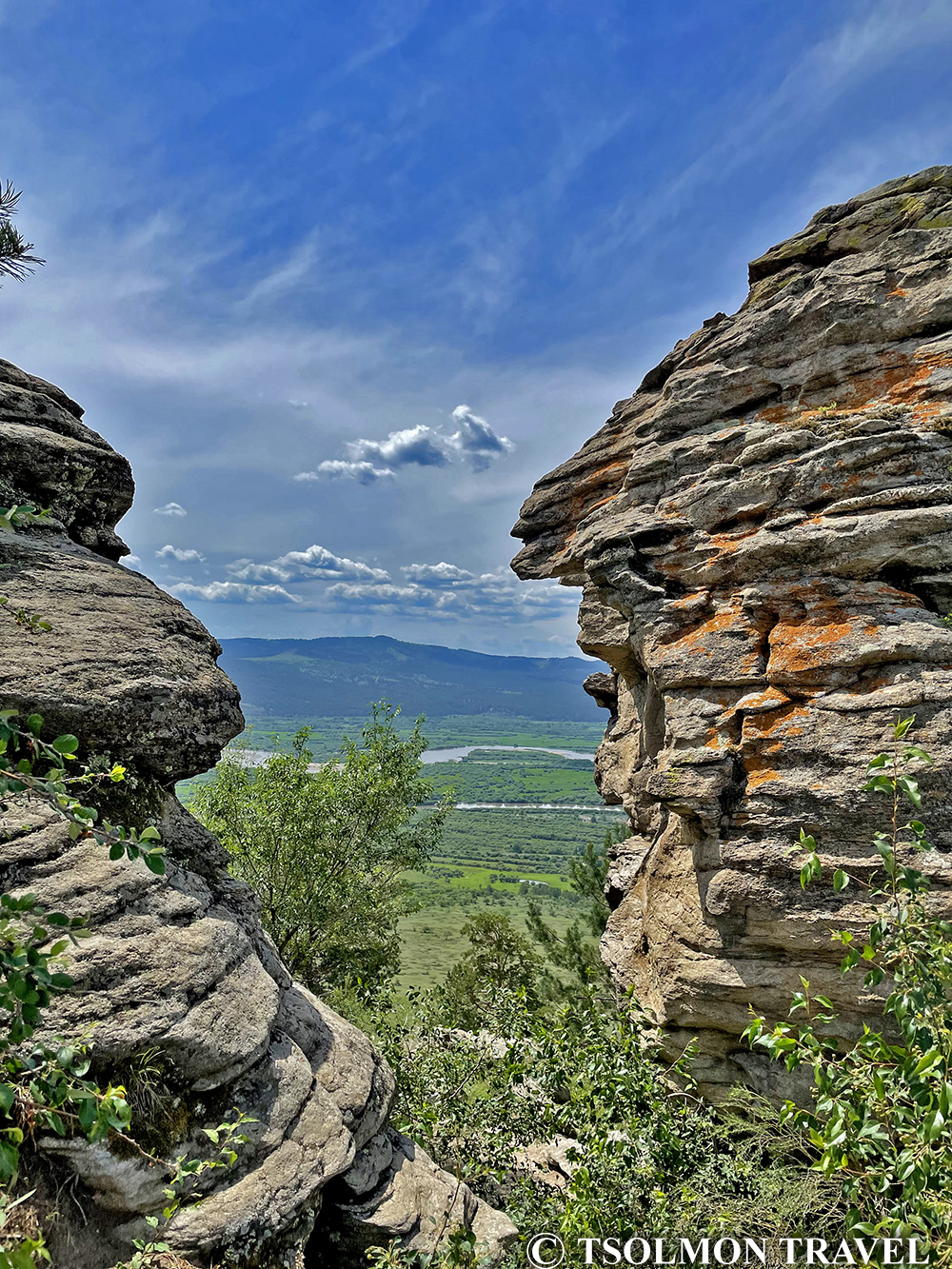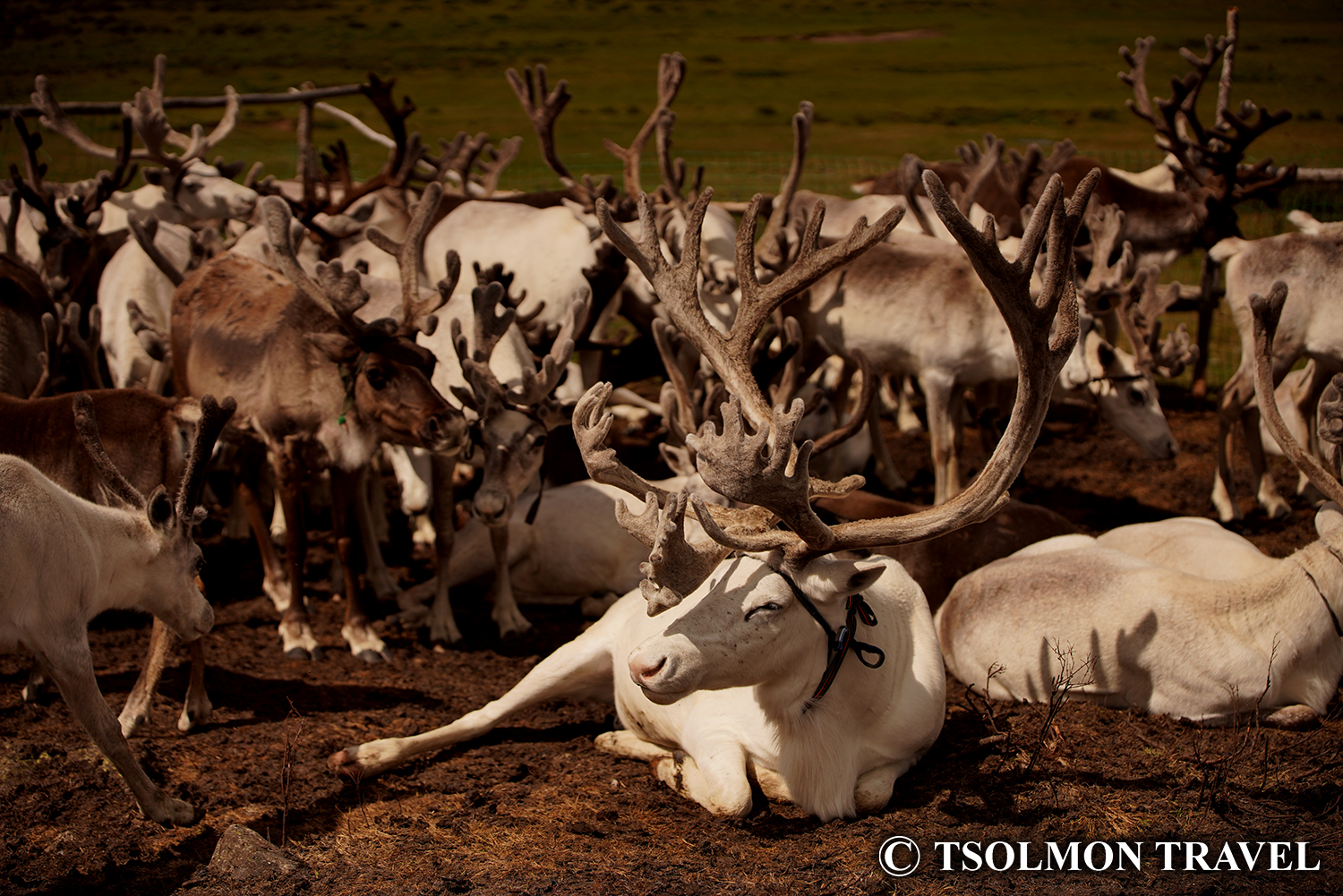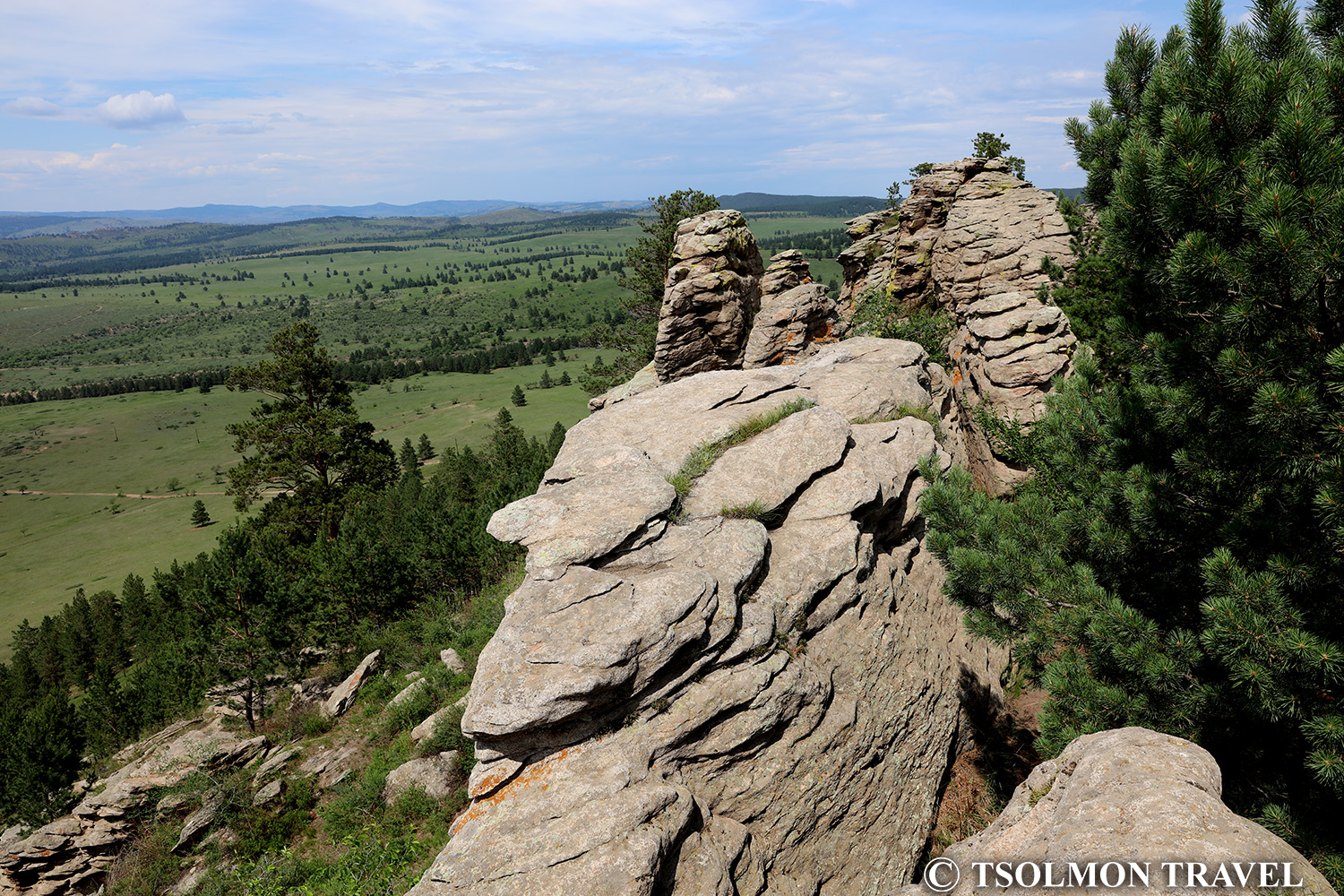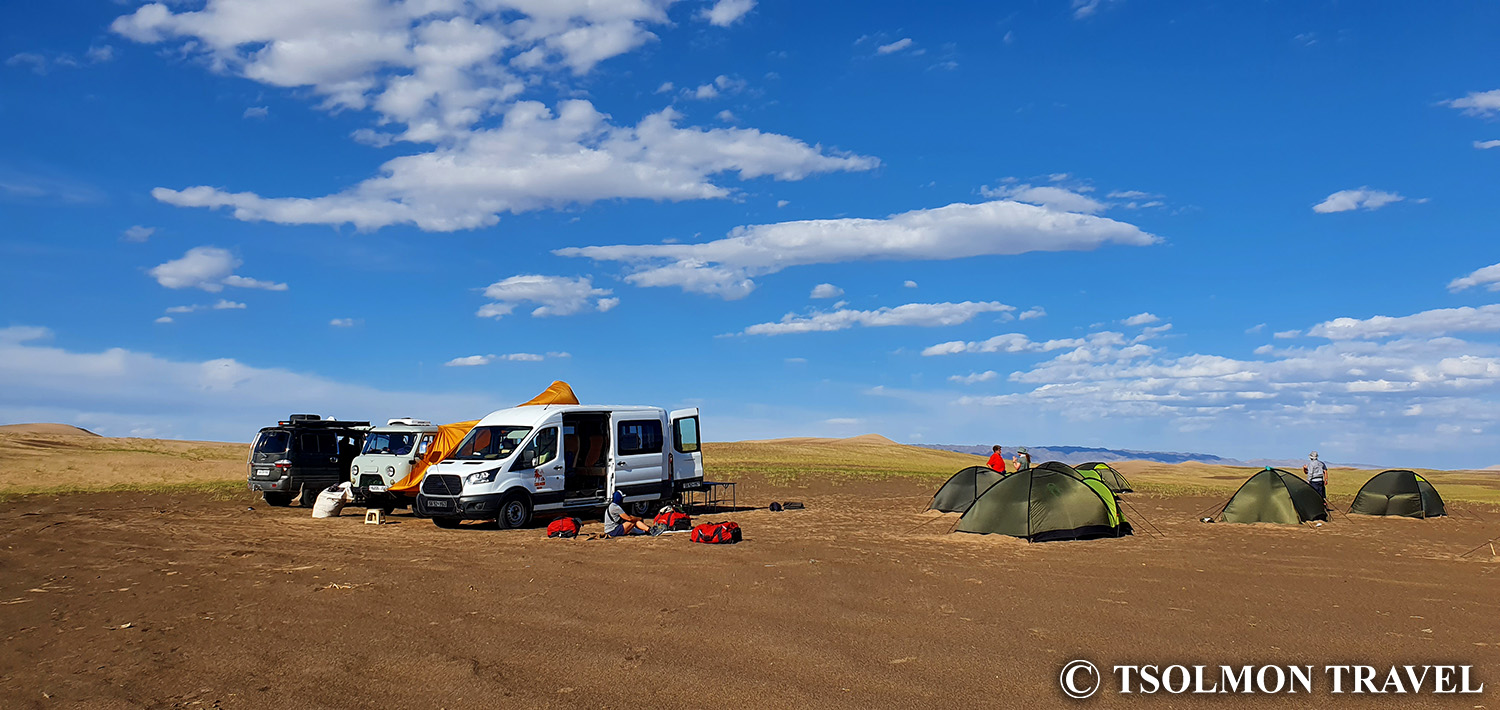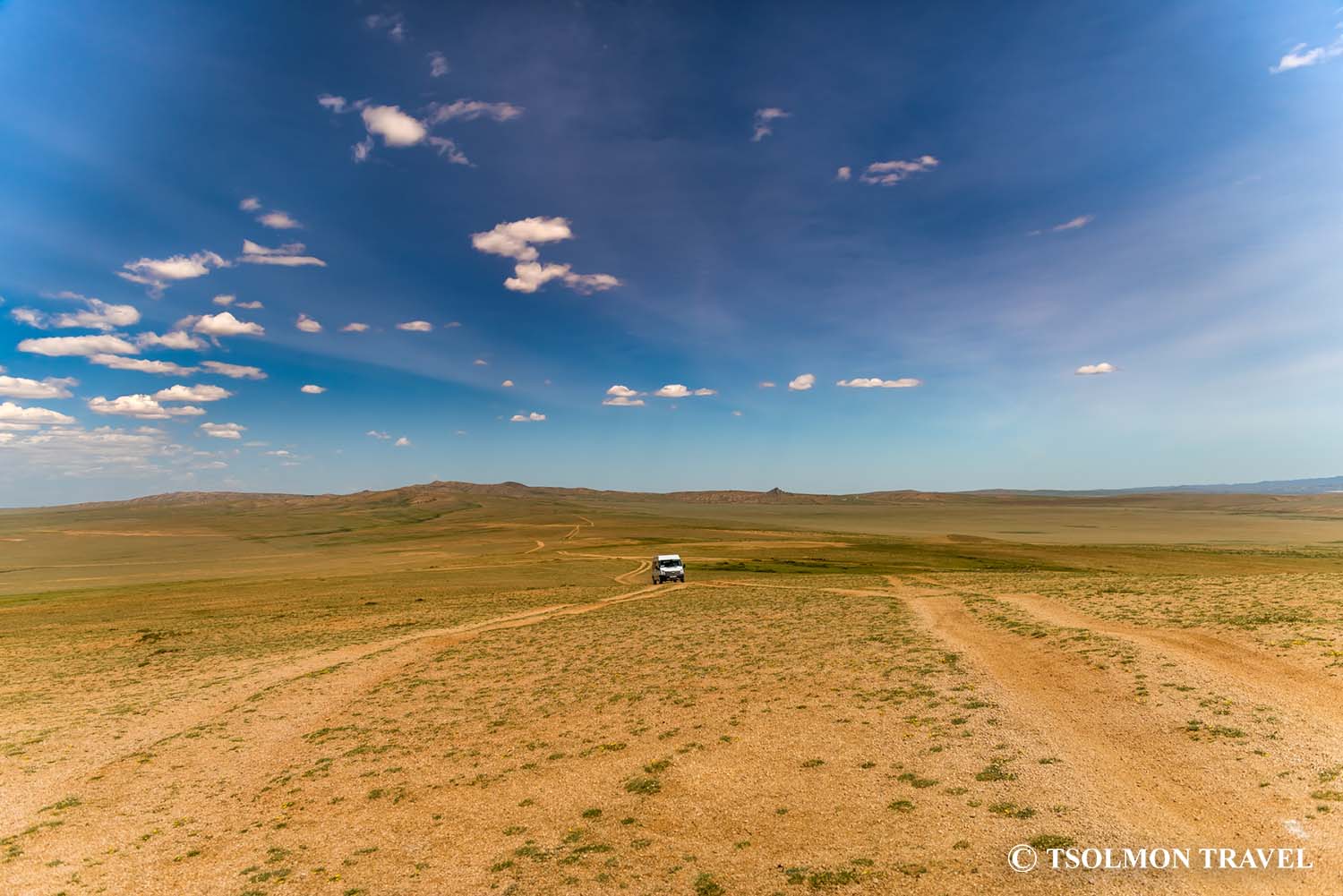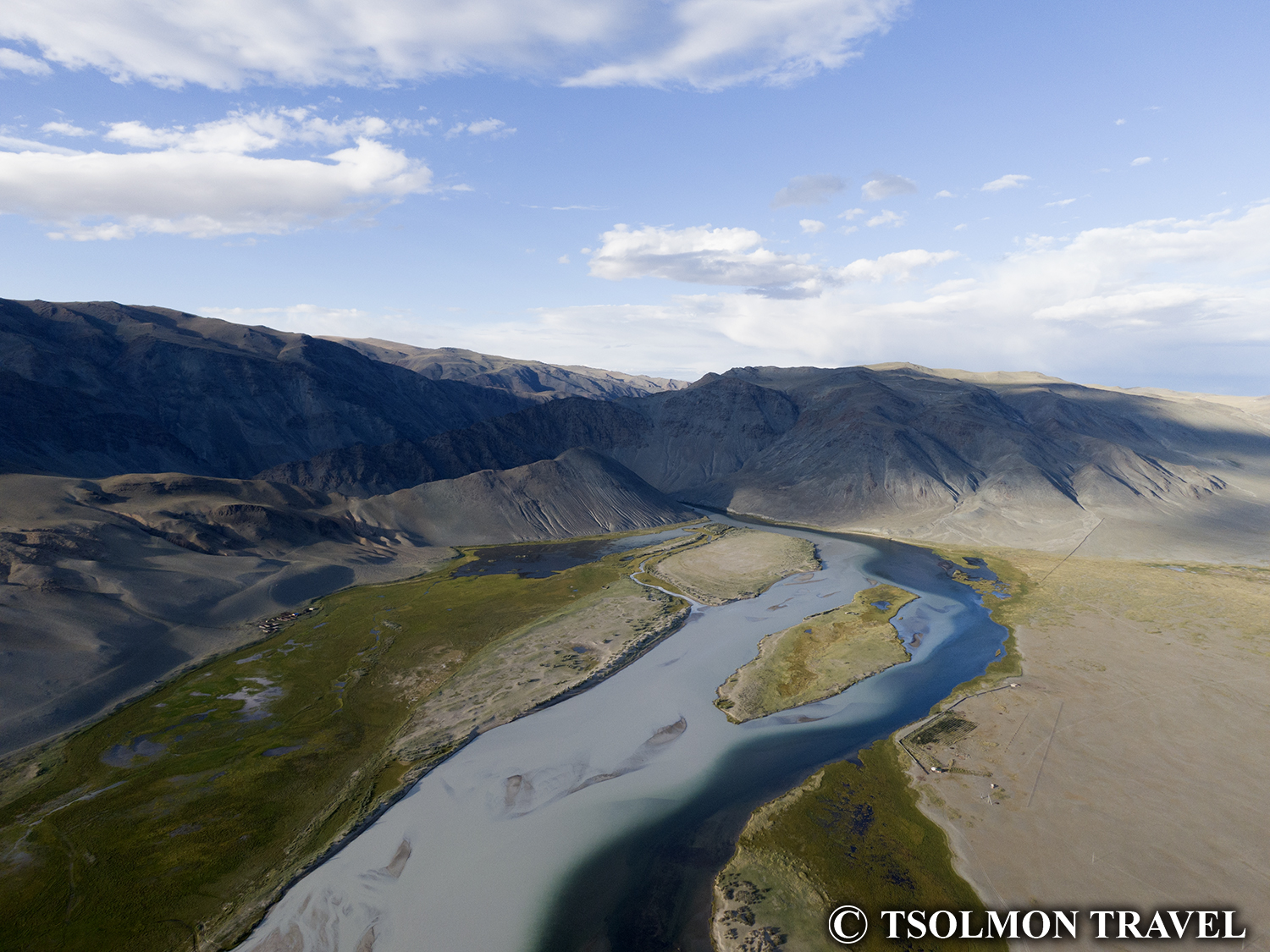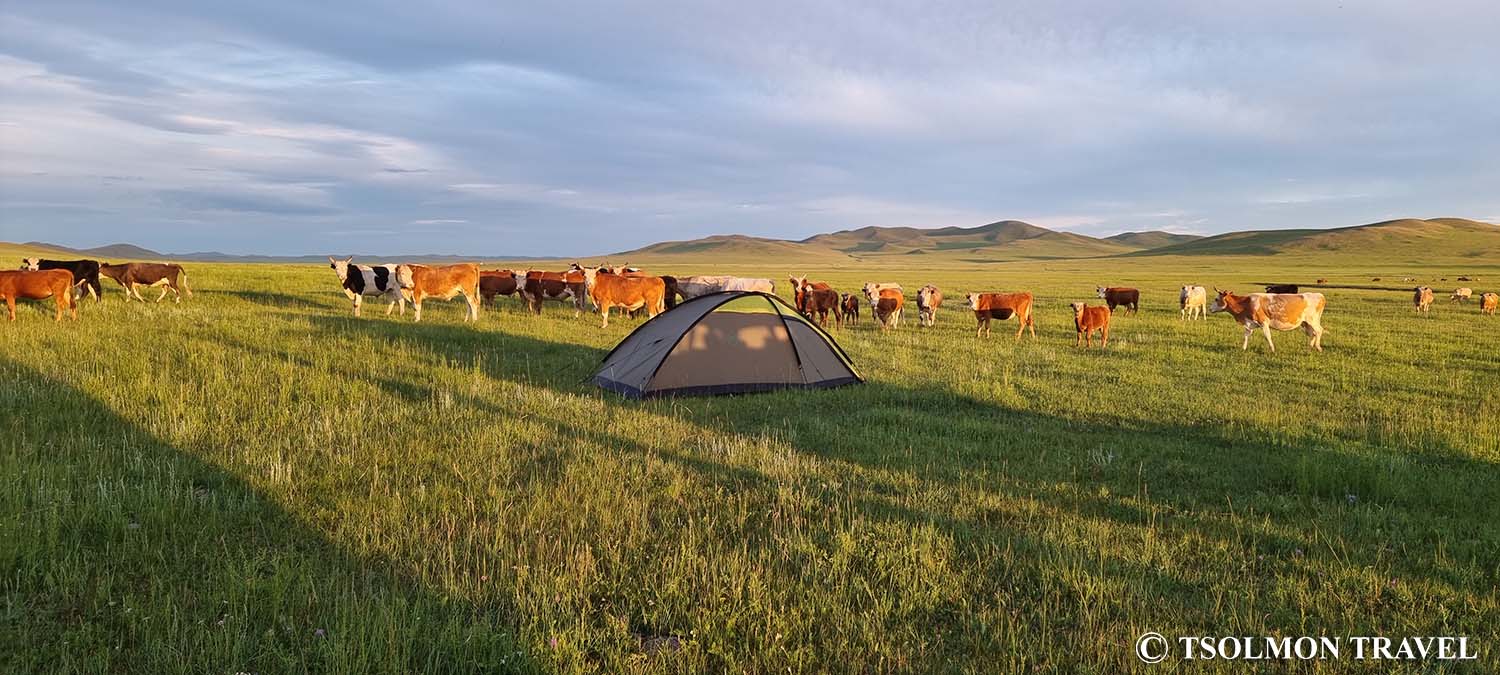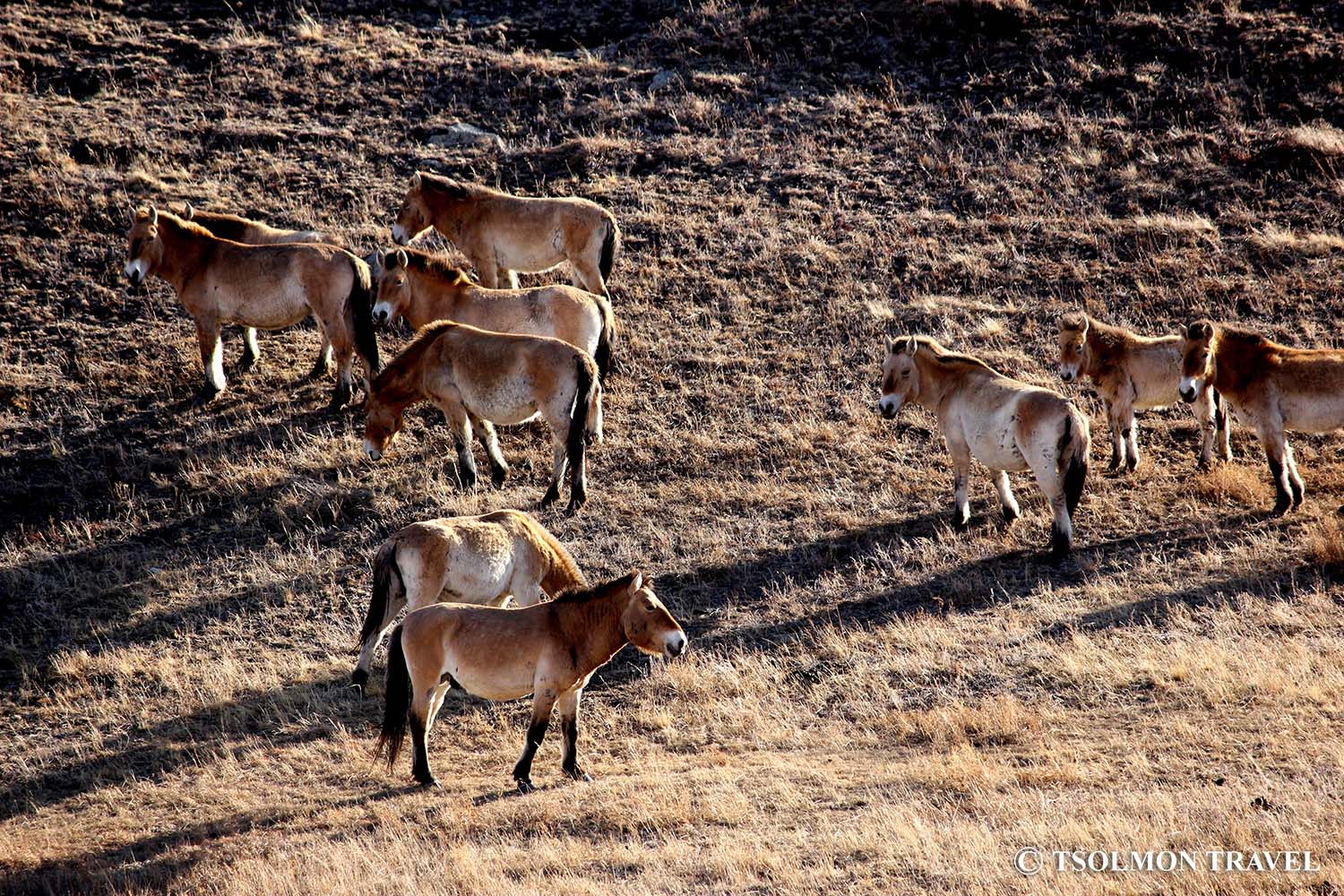Culture & History

MONGOLIA
Mongolia lies in the northern part of the Central Asian plateau on the 87° 44’ meridian between 119° 56’ eastern longitude and 52° 09’ and 41° 35’ northern latitudes. The distance between the country’s westernmost and easternmost points is 2.392 km (1.486.6 miles), and 1.259 km (782.5 miles) between its northernmost and southernmost points.
Total area of the country is 1.566.500 sq.km (973.586.07 sq. miles). It is nearly 3 times the size of France and more than 4 times the size of United Kingdom ranking as the 6th largest country in Asia and 18th in the world. Mongolia borders with the Russian Federation on the north and the People’s Republic of China to the south. Mongolia is a country with a remarkable variety of natural contrasts. Eternally snow-capped mountain masses rising high above the sea-level, vast hills and plains covered with highland plants and marshy coniferous forests, deserts and semi-deserts, and clear-water lakes with solonchaks stretch as far as the eye can see.
Mongolia has an average altitude of 1.580 m (5.185.9 feet) above sea level. The highest point is the Khuiten peak (4.653 m or 15.272.4 feet) in the Tavan Bogd mountain range where the state borders of Mongolia, Russia, and China meet. The lowest point is the Huh Nuur (Blue Lake) at an altitude of 532 m (1.746 feet) above sea level. The country is divided into 21 administrative territorial units – aimag and three major cities Darkhan, Erdenet, and Choir. The capital of Mongolia is Ulaanbaatar.
STATE EMBLEM
The entire state and political structure in Mongolia had changed and so has the state emblem. The new coat-of-arms surrounded by a loop of swastikas (tumen nasan in Buddhism), the lotus flower, the eight-wheel chakra, and the hadak - blue silk scarf are all foreign elements. Soyombo ideogram is a Sanskrit word and was designed by the first Mongolian theocrat ruler Undur Gegeen Zanabazar in the 18th century symbolizing the independence of Mongolia.
The Mongols, since ancient times, have held in great respect horses, but since it is a land-creature, it was never incorporated into the state emblem or banner. Under socialism a horse symbolized the unbreakable unity between a worker and a herder. The old coat-of-arms of Mongolia depicted a man on horseback with a long lasso (1940-60) and without a lasso (1960-91) galloping towards "communism". With the promulgation of the new Constitution, communism was ousted, and the new coat-of-arms was approved in 1992.
NATIONAL FLAG
The State Flag of the Mongolia is red-blue-re arranged vertically with the State emblem “Soyombo”in the upper left-hand corner. The ratio of the flag’s width to length is 1:2.
SOYOMBO
Since ancient times the Soyombo ideogram has been the national emblem that stood for freedom and independence of the Mongols. At the top of the ideogram is a flame that symbolizes blossoming, revival, upgrading, and continuation of the family. The three prongs of the flame signify the prosperity of the people in the past, the present, and the future.
Underneath the sign of the flame are the sun and the crescent, traditionally symbolizing the origin of the Mongolian people. The combination of the flame, the sun, and the crescent expresses the wish “May Mongolian people live and prosper”.
The triangles at the top and bottom of the Soyombo are a general expression of the people’s willingness to defend the freedom and independence of the country with rectangles symbolizing honesty, justice, and nobility. The two at the top and the bottom personify honesty and selfless service to the homeland.
The fish, in Mongolian folklore, is a creature that never closes its eyes, i.e. remains vigilant. The two fish in the emblem symbolize the unity of a man and a woman. The cumulative meaning is for whole people be united, be wise, and vigilant. The two vertical rectangles on the sides of the emblem signify fortress walls and are a graphic presentation of the ancient Mongolian saying: ‘Two men in friendship are stronger than walls of stone”. In Soyombo symbol they have the meaning: May the whole people be united in friendship, and then it will be stronger than the stone walls of a fortress.
ADMINISTRATIVE SYSTEM
Mongolia is divided into capital city and aimags, with further division of aimags into soums, soums into bags and capital city into districts, and districts further into horoo. There are 21 aimags (regions) with 3 ‘city regions’ - Darkhan-Uul, Orhon, and Gobi-Sumber, Erdenet and Choir respectively.
The local administration functions as a "self – governing entity under central guidance".
State power in the aimags and Ulaanbaatar is exercised for a period of four-year terms by governors (zasag darga) nominated by the prime minister while the local citizens elect hurals of representatives.
The average population density of Mongolia is low (1.6 persons per 1 sq.km) with Umnugovi Aimag the lowest (0.2 persons per sq.km). Mongolia is a comparatively young country. Two-third of the Mongolian population is below the age of 45.
TEMPERATURE
Winter temperature averages -20 to -35°C. In the Uvs Lake basin in northwestern Mongolia, known as one of the coldest places in all of Asia, the lowest temperature ever recorded is -58°C. On the contrary, summer temperature in the Gobi Desert reaches as high as 40°C.
SUNLIGHT
Mongolia is the country of the blue sky that enjoys on average 250 sunny days per year.
PRECIPITATION
Monthly and annual amounts of precipitation fluctuate extremely depending on territories and the seasons. Summer precipitation prevails over the entire territory of Mongolia with 80-90 percent of the annual rainfall.
Sufficient rain occurs in July and August. The highest peaks have small glaciers. Annual precipitation ranges from 600 mm in the mountain ranges but less than 100 mm in the Gobi. In some parts of the Gobi, no precipitation may fall for several years in a row.
POLITICAL STRUCTURE
Mongolia is a multi-party, parliamentary democratic country. Presidential and Parliamentary elections take place every four years.
RELIGION
Shamanism and Buddhism co-existed in Mongolia from the times of Genghis Khan. Khubilai Khan (grandson of Genghis) made Buddhism the state religion of the Yuan Dynasty. During the 16th century, Tibetan Lamaism came to Mongolia and numerous monasteries were built from the 17th century onwards when Mongolia developed into a theocracy with strong links to Tibet. In the 1930’s and 40’s following the Stalinist system more than 740 temples and monasteries were destroyed. During these dark years of repression 10% of Mongolian population was killed inclusive of the intelligentsia and lamas (18,000). The three major Buddhist centers in Mongolia are Gandan, Erdene Zuu, and Amarbayasgalant monasteries built by the first theocrat ruler Undur Gegeen Zanabazar.
LANGUAGE
The national language belongs to the Altaic group of languages. The modern Mongolian comprises several dialects including Khalkha, Buryad, Oirat, Tsahar, Harchin, Horchin, Ordos, and others. The official national language is Khalkha Mongolian (spoken by 90% of the population). Minority languages include Kazakh spoken by 5% of the population. The Cyrillic script was introduced in 1946. In recent years the traditional Mongolian script has been taught again in primary and secondary schools. English, Russian, German, Japanese, and other foreign languages are widely taught.
 Eng
Eng
 Ger
Ger



